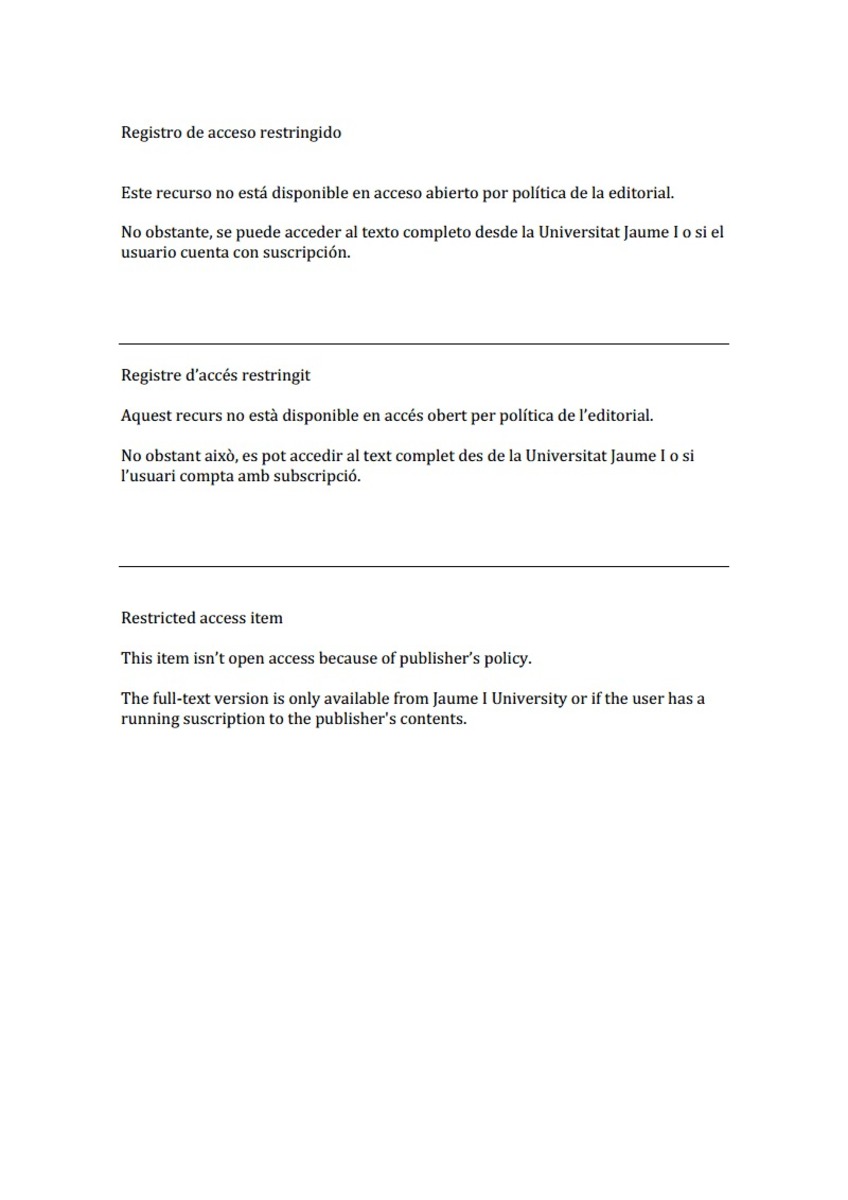Mostrar el registro sencillo del ítem
Dithiolene dimetallic molybdenum(V) complexes displaying intraligand charge transfer (ILCT) emission
| dc.contributor.author | Recatalá Ferrandis, David | |
| dc.contributor.author | Gushchin, Artem L. | |
| dc.contributor.author | Llusar, Rosa | |
| dc.contributor.author | Galindo, Francisco | |
| dc.contributor.author | Brylev, Konstantin A. | |
| dc.contributor.author | Ryzhikov, Maxim R. | |
| dc.contributor.author | Kitamura, Noboru | |
| dc.date.accessioned | 2014-04-04T13:17:21Z | |
| dc.date.available | 2014-04-04T13:17:21Z | |
| dc.date.issued | 2013 | |
| dc.identifier.uri | http://hdl.handle.net/10234/89435 | |
| dc.description.abstract | Bifunctional dithiolene ligands have been coordinated to the MoV(O)(μ-S2)MoV(O) unit to afford [Mo2O2(μ-S)2(BPyDTS2)2]2− (12−) (BPyDTS2 (2-bis-(2-pyridyl)methylene-1,3-dithiolene) dianions. Reaction of the 12− molybdenum dimer with pentacarbonylchlorothenium(I) affords a tetrametallic complex of formula [Mo2O2(μ-S)2(BPyDTS2)2{Re(CO)3Cl}2]2− (22−). The monomeric (CH3)2Sn(BPyDTS2) (3) tin complex has also been prepared for comparative purposes. In the structure of (Et4N)2[1], the two metal atoms are in a square pyramidal coordination environment defined by two bridging sulfur atoms, one terminal oxygen atom and the two sulfur atoms of the bifunctional dithiolene ligand. This arrangement leaves two nitrogen atoms on each side which coordinate to two Re atoms in the 22− tetrametallic complex. Compound 3 has a distorted tetrahedral structure defined by two carbon atoms of the methyl groups and two sulfur atoms of the dithiolene ligand. The luminescence properties of all three complexes in acetonitrile have been investigated. Detailed studies supported on quantum mechanical calculations revealed that complex 12− shows photoluminescence in the 600–800 nm region with a maximum wavelength of 628 nm and an emission quantum yield of 0.092, associated with an intraligand charge transfer (ILCT) transition. Coordination of two Re(CO)3Cl fragments to 12− to afford 22− does not affect the emission spectrum and shape although it decreases the quantum yield, approximately by a factor of 4.6. Compound 3 exhibits a similar emission spectrum to those of the complexes 12− and 22− in good agreement with the ILCT assignment. The quantum yield of 3 lies between that of the 12− and 22− complexes. | ca_CA |
| dc.format.extent | 8 p. | ca_CA |
| dc.format.mimetype | application/pdf | ca_CA |
| dc.language.iso | eng | ca_CA |
| dc.publisher | Royal Society of Chemistry | ca_CA |
| dc.relation.isPartOf | Dalton Transactions. 2013, 42 | ca_CA |
| dc.rights | © Royal Society of Chemistry 2014 | ca_CA |
| dc.rights.uri | http://rightsstatements.org/vocab/InC/1.0/ | * |
| dc.subject | Dithiolene dimetallic molybdenum | ca_CA |
| dc.title | Dithiolene dimetallic molybdenum(V) complexes displaying intraligand charge transfer (ILCT) emission | ca_CA |
| dc.type | info:eu-repo/semantics/article | ca_CA |
| dc.identifier.doi | http://dx.doi.org/10.1039/c3dt51102b | |
| dc.rights.accessRights | info:eu-repo/semantics/restrictedAccess | ca_CA |
| dc.relation.publisherVersion | http://pubs.rsc.org/en/Content/ArticleLanding/2013/DT/c3dt51102b#!divAbstract | ca_CA |
| dc.type.version | info:eu-repo/semantics/publishedVersion | ca_CA |
Ficheros en el ítem
Este ítem aparece en la(s) siguiente(s) colección(ones)
-
QUIO_Articles [690]
Articles de publicacions periòdiques -
QFA_Articles [813]
Articles de publicacions periòdiques







